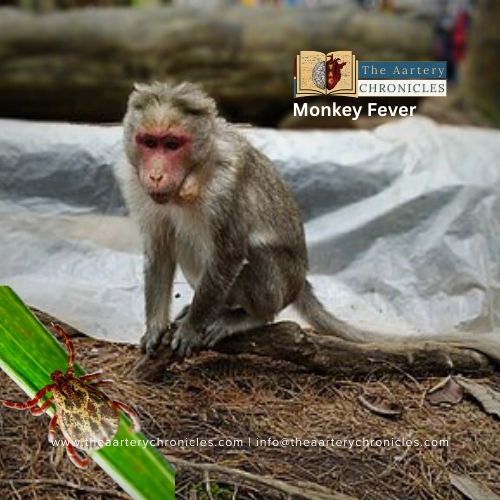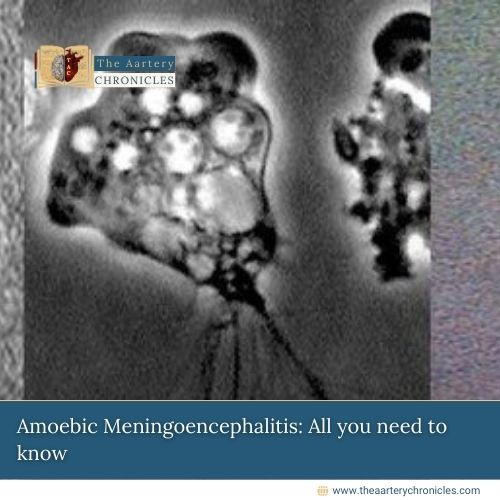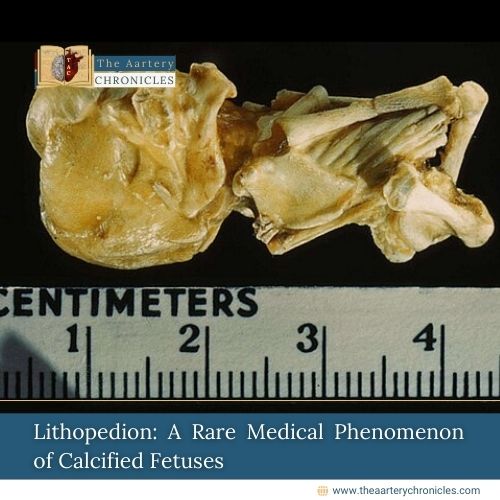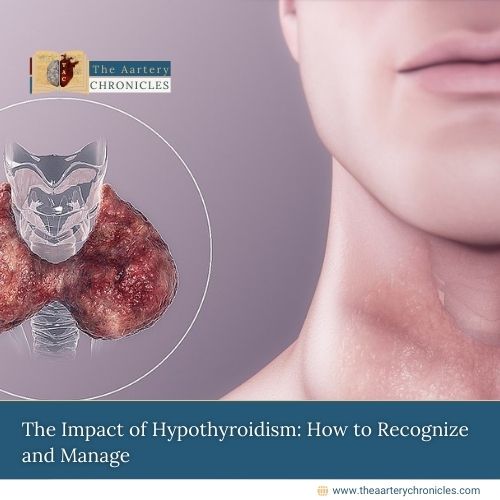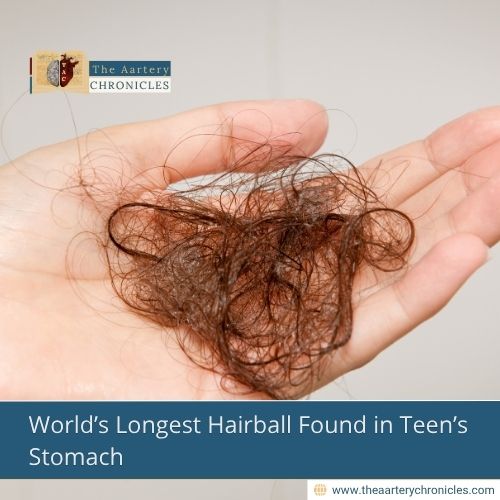

World’s Longest Hairball Found in Teen’s Stomach
The young girl, a Class 10 student from Barara village in Uttar Pradesh’s Agra district, had been experiencing severe stomach pain and frequent vomiting for over a month. Her family brought her to SMS Hospital in Jaipur after her symptoms worsened.
Doctors conducted a physical examination and found a large, firm mass in her abdomen. A detailed CT scan confirmed that her stomach was filled with an unusual object stretching into the small intestine.
What Is a Trichobezoar?
A trichobezoar is a solid mass made up mostly of hair that builds up in the stomach, often due to a rare condition called Rapunzel Syndrome. This can happen when someone frequently eats hair a behavior linked to a mental health condition known as Pica, where individuals consume non-food items.
In this case, the girl had been eating her own hair for several years, along with other non-edible items like chalk, rubber bands, wood, and threads.
Challenging Two-Hour Surgery, No Blood Transfusion Needed
The surgical team, led by Dr. Jeevan Kankaria from the Department of Surgery, took on the delicate operation. The trichobezoar was deeply entangled throughout the girl’s small intestine, making removal complex and risky.
However, surgeons were able to extract the entire 210 cm hairball in one piece an extraordinary achievement that avoided the need for multiple incisions or blood transfusion.
A Potential Guinness World Record
“The previous world record for the longest trichobezoar removed was 180 cm. This one measured 210 cm making it the longest ever reported,” said Dr. Kankaria. The hospital plans to submit the case to Guinness World Records. Dr. Kankaria already holds four Guinness records for surgical accomplishments.
Psychological Condition at the Root of the Problem
The doctors confirmed that the girl suffers from Pica, a psychological condition more common in children and teens, especially those facing stress or emotional issues. She had started eating chalk in school around Class 6, influenced by peers, and later began chewing and swallowing hair and other non-edible materials.
“She kept this habit hidden from her family. By the time she came to us, the hairball had become massive,” Dr. Kankaria explained.
Conclusion
The girl is now recovering well and will be discharged soon. In addition to physical recovery, she is receiving psychiatric counselling to help manage her condition and prevent recurrence.
The case highlights the importance of mental health awareness especially in children and early intervention for unusual eating habits.
Source: Inputs from various media Sources

Priya Bairagi
Reviewed by Dr Aarti Nehra (MBBS, MMST)
I’m a pharmacist with a strong background in health sciences. I hold a BSc from Delhi University and a pharmacy degree from PDM University. I write articles and daily health news while interviewing doctors to bring you the latest insights. In my free time, you’ll find me at the gym or lost in a sci-fi novel.


